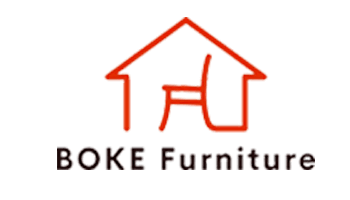How Much Does It Cost to Furnish a Hotel Room?
You need a clear budget for your hotel project, but the cost of furniture seems like a huge unknown. This uncertainty makes it impossible to plan your finances, putting your entire investment at risk.
The cost to furnish a hotel room depends heavily on its market level. Expect to budget $1,000-$2,500 for an economy room, $3,000-$5,000 for a mid-range business hotel, and $6,000-$10,000+ for a luxury or boutique room. This covers the essential furniture, or "case goods."
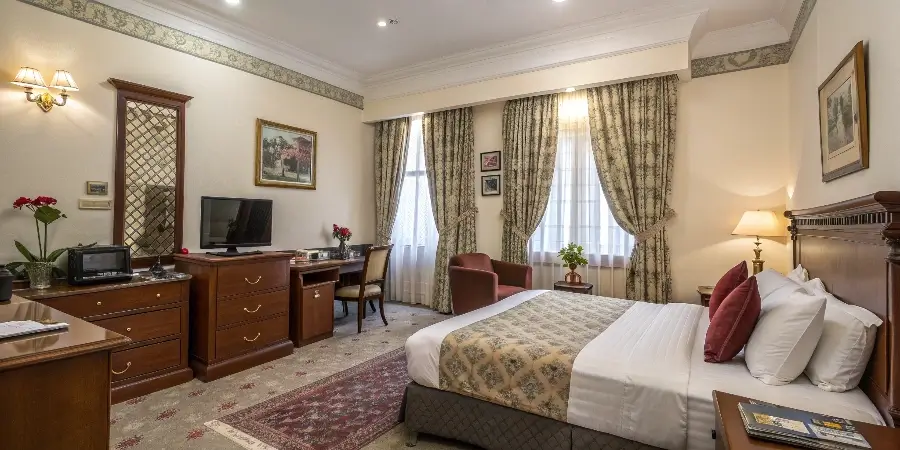
As the CEO of Boke Furniture, I work with hotel developers and buyers every day. They often ask for a simple price, but the real answer is more complex. The cost is not just about buying a few pieces of furniture. It involves a full supply chain, including design, manufacturing, shipping, and installation. The final price tag is a strategic decision, not just a number on a quote. My clients, who are experienced buyers like Jacky from Canada, know this. They look for a partner who can help them plan the total cost of the project. Let’s break down the real numbers so you can build a reliable budget.
How much does hotel furniture cost?
You get a price per item, but you know it is not the full story. You worry that hidden costs in shipping and installation will appear later, ruining your budget and profit margins.
Hotel furniture costs are tiered based on the hotel’s brand and guest expectations. The price reflects the materials, design complexity, and production volume. The key is matching the furniture budget to your specific market segment.
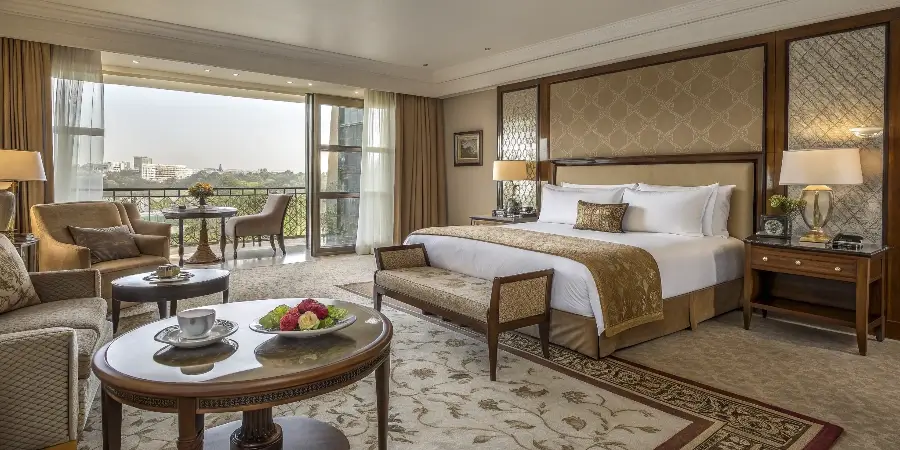
The price for furniture, often called "case goods" in the industry, varies widely. From my experience managing projects here in Foshan, the budget falls into three main categories.
Economy & Budget Hotels
For economy brands, the focus is on durability, function, and cost-efficiency. The furniture is typically standardized and produced in high volumes. This brings the per-room cost down significantly. We use robust materials like high-pressure laminate (HPL)1 that can withstand heavy use. The style is clean and simple.
Mid-Range & Business Hotels
In this category, guest experience becomes more important. The budget is higher to allow for better materials and more refined designs. You will see wood veneers, better-quality upholstery, and more sophisticated hardware. The goal is to create a comfortable and stylish environment that feels like a step up from the basics.
Luxury & Boutique Hotels
For high-end hotels, furniture is a huge part of the brand identity. Almost everything is custom-made. We use premium materials2 like solid wood, natural marble, genuine leather, and unique metal finishes. The design is often led by a famous interior designer. Each piece is crafted to create a unique and memorable guest experience.
| Hotel Tier | Average Furniture Cost (Per Room) | Key Characteristics |
|---|---|---|
| Economy | $1,000 – $2,500 | Standardized designs, high-volume production, durable laminates |
| Mid-Range | $3,000 – $5,000 | Better materials like wood veneer, focus on design and comfort |
| Luxury | $6,000 – $10,000+ | Fully custom, premium materials2, designer-led styles |
How much does it cost to fully fit out a room?
The furniture price is set, but getting it installed is a big unknown. Ignoring logistics and installation can add huge, unexpected charges, destroying your carefully planned project budget.
The "fit-out" cost beyond the furniture depends on your logistics strategy. You can use Ready-to-Assemble (RTA) furniture to save on shipping, or pre-assembled furniture to save on installation time and labor. This choice directly impacts your total project cost.
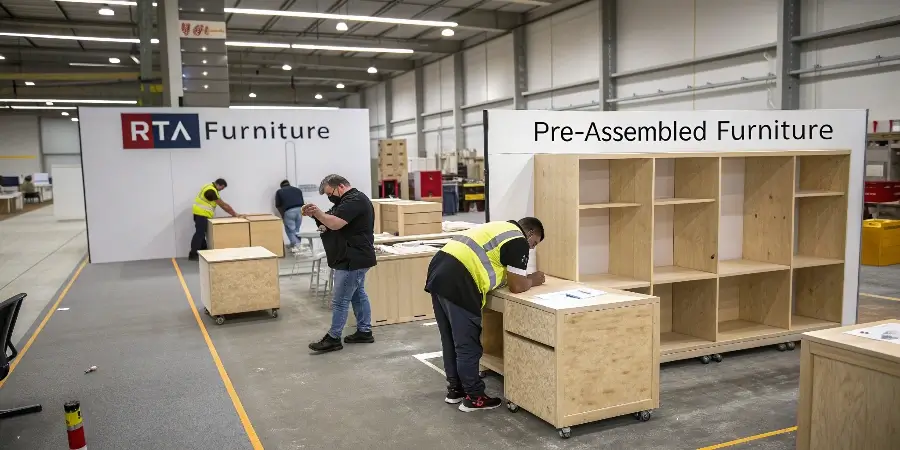
The price of the furniture is just one part of your budget. For international projects, shipping and installation are major costs that you must plan for. At Boke Furniture, we help clients choose the right strategy based on their specific situation.
Option 1: RTA (Ready-to-Assemble)3 Strategy
We can pack the furniture flat (RTA). This dramatically reduces the volume, which means you can fit more rooms into a single shipping container. This significantly lowers your ocean freight costs. However, you will need a skilled local team to assemble every single piece on-site. This strategy is best if you have access to affordable and experienced installers.
Option 2: Pre-Assembled Strategy4
We can build the furniture in our factory in Foshan and ship it as a finished piece. This increases shipping costs because the items take up more space. But, the on-site work becomes much faster. Your team just needs to unbox and place the furniture. This is ideal for high-end projects where installation quality is critical, or when local labor is very expensive.
We provide a "Total Cost Plan" that shows both options. This allows you to see the real financial impact of each choice and make a data-driven decision.
How much does it cost to refurbish a hotel room?
You’re planning a renovation, not a new build. You think the process might be cheaper, but you’re not sure what new costs to expect or where you can save money.
The furniture cost for a refurbishment is similar to a new build. The main difference is the added costs for removing and disposing of old furniture, plus potential repairs to walls or floors. Your budget must account for this demolition phase.
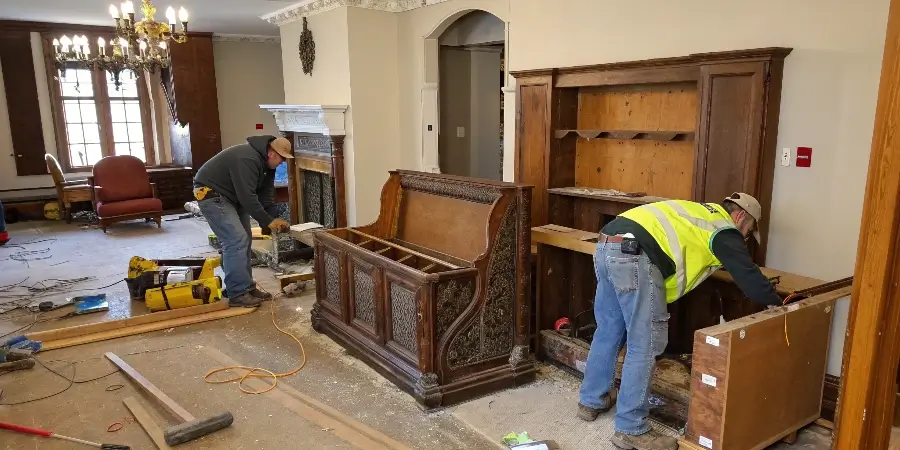
When you refurbish a hotel room, the budget for new furniture will follow the same tiers we already discussed: economy, mid-range, or luxury. However, a refurbishment project has its own unique costs that you must add to your plan.
First, there is the cost of labor to empty the room. This includes disassembling old furniture and moving it out of the hotel. Second, you have to pay for disposal. You can’t just throw away hundreds of old beds and desks; you need a waste management plan5. Finally, once the room is empty, you will likely find you need to make repairs. This could include patching and painting walls, replacing worn-out carpet, or updating electrical outlets. These costs are all part of the refurbishment budget6. The good news is that you can sometimes save money by reusing certain items, like bed frames or mirrors, if they are still in good condition.
How much does it cost for a 1 room interior?
You have the furniture budget sorted. But you know a room is more than just a bed and a desk. You worry about forgetting all the small items that complete the room.
A complete one-room interior includes FF&E (Furniture, Fixtures & Equipment) and OS&E (Operating Supplies & Equipment). Beyond furniture, you must budget for lighting, mattresses, linens, curtains, and even artwork to create a full guest experience.
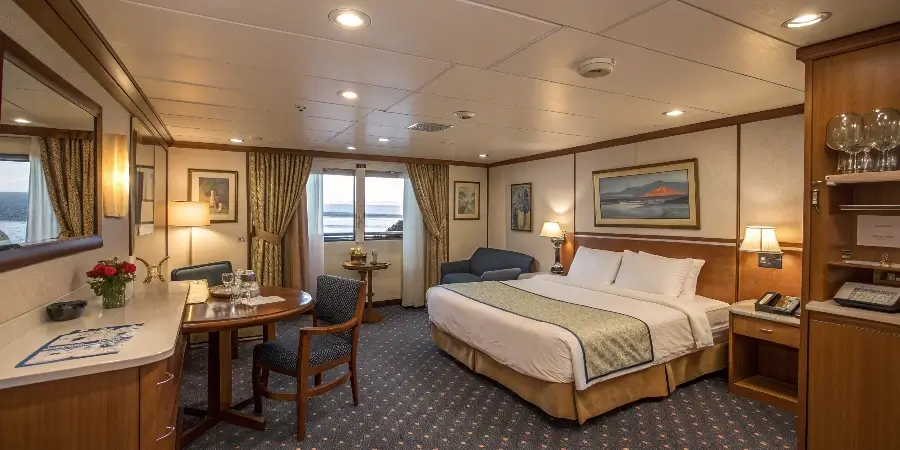
A complete hotel room requires much more than just the main case goods. As an experienced buyer, you know this as FF&E7 and OS&E8. Your total budget for a single room interior needs to include all of these elements.
- Furniture (Case Goods): This is the core of the budget. It includes the bed frame, headboard, nightstands, desk, chair, wardrobe, and TV unit.
- Fixtures & Lighting: This includes all the lighting (desk lamp, floor lamp, bedside lamps), as well as mirrors and bathroom fixtures.
- Soft Goods: This is a major category. It covers the mattress and base, all bedding and linens, pillows, curtains or blinds, and any decorative cushions or throws.
- Electronics & Equipment: This includes the television, telephone, mini-fridge, and safe.
- Accessories (OS&E2): These are the final touches. This list includes artwork, a trash can, an iron and ironing board, luggage rack, and all bathroom accessories.
Forgetting to budget for these smaller items can quickly lead to cost overruns. A good supplier can help you source all of these items together to simplify logistics and control costs.
Conclusion
Furnishing a hotel room is not about a single price tag. It is a strategic process that balances your brand, budget, and supply chain. A strong
-
Explore this link to understand the benefits and applications of HPL in creating durable and cost-effective furniture. ↩
-
Discover the significance of premium materials in luxury hotel furniture and how they enhance guest experiences. ↩ ↩ ↩
-
Exploring this link will provide insights into the advantages of RTA furniture, helping you understand its cost-effectiveness and efficiency. ↩
-
This resource will clarify the Pre-Assembled Strategy, highlighting its benefits for high-end projects and installation quality. ↩
-
Exploring effective waste management strategies can enhance sustainability and reduce costs during your refurbishment project. ↩
-
Understanding the components of a refurbishment budget can help you plan effectively and avoid unexpected costs. ↩
-
Understanding FF&E is crucial for effective hotel budgeting, ensuring all essential elements are accounted for. ↩
-
Exploring OS&E helps in grasping the importance of accessories in hotel room design and budgeting. ↩
